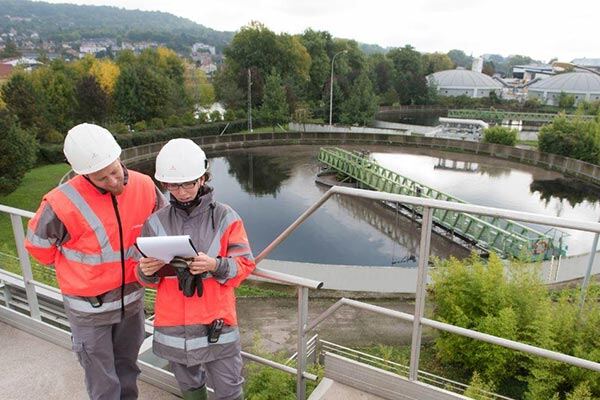Water, the lifeblood of our planet, faces increasing pressure. From population growth and industrial demands to the looming threat of climate change, ensuring water sustainability is no longer a choice, but a necessity. But how do we effectively govern this precious resource to ensure its availability for generations to come? The answer lies in understanding and implementing the right governance model.
From public-private partnerships to new investment models, good governance can help guide cities and enable the solutions they need. This isn't a one-size-fits-all situation, though. Just like water itself adapts to its environment, so too must our approach to its management.
Take the City of Rialto, California, for example. In 2013, they transformed their struggling water infrastructure through a strategic partnership that not only provided immediate financial relief but also secured expert management for long-term improvements. Similarly, in many other municipalities across the country, partnerships with experienced water management companies have led to significant improvements in infrastructure, operational efficiency, and sustainability. These collaborations often result in cost savings, accelerated project completion times, and the implementation of innovative solutions to address complex water management challenges.
In this blog post, we’ll outline some key governance models for water sustainability and explore their strengths and challenges, providing insight into how your municipality can best address it.

Operations and Maintenance Partnerships
Straight Operations and Maintenance (O&M) contracts outsource to a third party contractor while the municipality maintains ownership of the facility. The contracted third party works for the municipality, taking over responsibilities for day-to-day operations and maintenance. This helps municipalities avoid upfront capital investments and transfer some financial risk to the contractor while also redirecting internal resources to other essential services.
While this model requires dedicated professional staffing and oversight, it allows for specialized expertise in daily operations. Through partnership with an O&M contractor, utilities can transfer operational responsibilities and focus on core services. This arrangement helps manage infrastructure improvements while reducing operational risks and optimizing long-term resource allocation.

Capital Program Management
Capital Program Management services engage third party consultants to oversee specific capital improvement projects, such as building new treatment plants or upgrading existing infrastructure.
Consultants bring specialized skills in planning, budgeting and overseeing complex infrastructure projects, with effective project management to help minimize delays, cost overruns and potential risks. However, selecting experienced and reputable consultants is a crucial first step for project success. Capital projects also require significant upfront investment, and expert management, transparency and community involvement are essential to ensure projects align with local needs and priorities.
Concession
In this scenario, municipalities lease water infrastructure assets to a private company (the concessionaire) for a defined period. The concessionaire assumes responsibility for financing, operating, maintaining and often upgrading the infrastructure. This provides immediate capital infusion, as concessions can provide municipalities with much-needed funding for infrastructure improvements. Concessionaires may also bring private sector efficiencies and innovation to water management, and reduce the operational burden and associated risks for the municipality.

Public-Private Partnerships (P3s)
Public-Private Partnerships (P3s) involve collaborative agreements between municipalities and private sector partners to deliver water services or infrastructure projects. These partnerships can take various forms, each with its own risk-sharing and responsibility allocation.
P3s combine the strengths of both the public and private sectors—private sector involvement can foster innovation and introduce new technologies and management practices. They can also unlock alternative financing options and reduce the burden on municipal budgets. Challenges to this model include complex negotiations to ensure a clear and equitable partnership, determining appropriate risk-sharing mechanisms between partners and the long-term sustainability of the partnership.
Key Considerations for Success
Governance models can be modified and combined to create a flexible system that adapts to each municipality’s needs. Regardless of the chosen governance model, several key factors contribute to successful water management, including:
- Community Engagement: Involving residents in decision-making processes builds trust and ensures solutions meet local needs.
- Transparency and Accountability: Open communication and clear performance metrics are essential for all stakeholders.
- Data-Driven Decision-Making: Investing in water monitoring, data analysis, and technological solutions enables informed decision-making.
- Adaptive Management: Water governance models should be flexible and adaptable to changing circumstances and emerging challenges.
By embracing these principles and carefully evaluating the available governance options, municipalities can navigate the complexities of water sustainability and secure this precious resource for generations to come.


